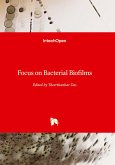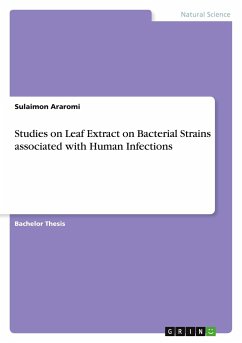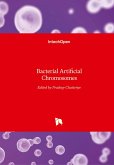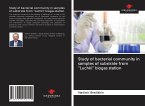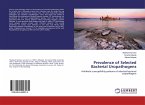Sixty three different aerobic bacterial colonies were isolated from sewage and sludge samples as degraders of aromatic hydrocarbons. Four isolates were selected as the most potent isolates capable of growing on mineral media supplemented with BTXHB components. These four isolates were selected for identification and H12 was chosen for further investigation in this study. Morphological and biochemical characterization was achieved for the four isolates. Amplification of 16S rDNA gene was used for identification of isolated strains. Some culturing conditions that affect the growth and the biodegradation capability of the bacterial isolate H12 were explored. Pseudomonas sp. H12 was examined on mineral media amended by BTXHB components, individually and in a mixture, each as a sole carbon source in 5 different concentrations and different removal efficiencies were recorded. Plasmid mini-prep and plasmid curing experiments demonstrated that biodegradation genes of Pseudomonas sp. H12 are extra-chromosomal. PCR amplification of the BTXHB catabolic genes demonstrated that the experimental bacterium carries the genes tmoA, xylM, xylA, xylE1.
Hinweis: Dieser Artikel kann nur an eine deutsche Lieferadresse ausgeliefert werden.
Hinweis: Dieser Artikel kann nur an eine deutsche Lieferadresse ausgeliefert werden.



